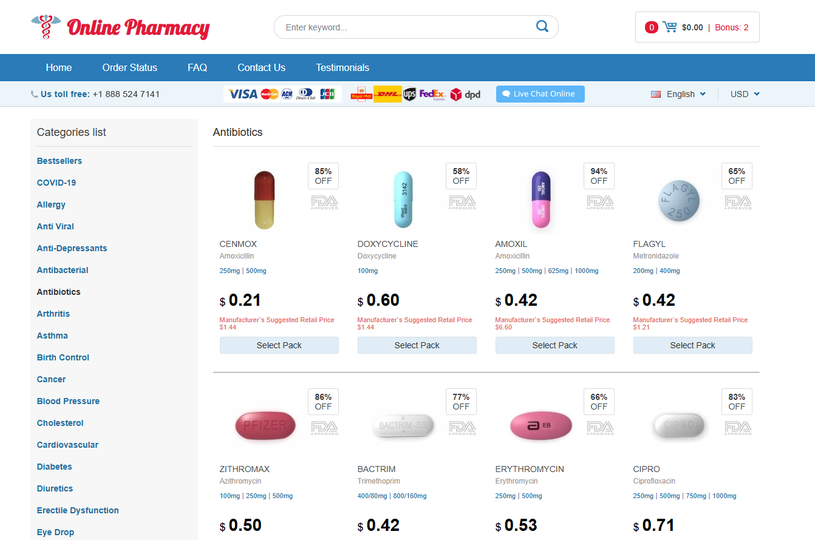To Purchase Tamiflu Without Prescription Visit Our Pharmacy ↓

User Experiences: Tamiflu Vs
These gastrointestinal symptoms can be distressing for children and challenging for parents to manage. For children aged 1 to 12 years, Tamiflu is typically used to shorten the duration of flu symptoms. Parents should watch for flu signs that include a sudden onset of symptoms such as fever, chills, cough, sore throat, runny or stuffy nose, muscle or body aches, fatigue, and sometimes vomiting and diarrhea. Tamiflu, known generically as oseltamivir, is an antiviral medication that has become widely recognized for its efficacy in treating and preventing influenza. Typically, there’s no significant interaction that would prevent you from doing both. However, it is not suitable for everyone. The territory is marked with common reactions like nausea, headaches, and even moments of dizziness—signposts that your body might be adjusting to this new comp.
How Tamiflu Inhibits Virus Replication Effectively
Therefore, the importance of Tamiflu for kids lies in its ability to alleviate symptoms, prevent complications, and ultimately, promote their overall well-being during the flu season. These effects are typically mild and temporary, but more severe reactions can occur in rare cases. By targeting the influenza virus directly, Tamiflu helps to alleviate common symptoms such as fever, cough, sore throat, nasal congestion, and body aches. Tamiflu, like any medication, can have potential side effects when used for immune support. Maintaining a healthy lifestyle, including proper nutrition, regular exercise, and adequate sleep, can also bolster the immune system against the flu. These factors, coupled with concerns about its widespread use potentially leading to increased resistance, suggest that while Tamiflu is a valuable tool in the fight against influenza, it should be part of a broader strategy that includes vaccination and public health measures. This global response further solidified the significance of Tamiflu in the realm of influenza treatment and prevention.
Tamiflu Myths Vs
However, Tamiflu has emerged as a secret weapon in protecting these individuals from the devastating effects of the influenza virus. When considering Tamiflu during pregnancy, consulting your healthcare provider is crucial. However, there have been challenges in mass producing Tamiflu to meet the demand during pandemics, which has affected its availability. 6) - Empowering Your Immune System: Unlocking Tamiflu's Potential for Faster Recovery. Tamiflu contains the active ingredient oseltamivir, which works by inhibiting the neuraminidase enzyme present on the surface of the influenza virus. The medication works best when administered within 48 hours of the onset of flu symptoms. Determining the correct dosage of Tamiflu for children can be intricate, as it largely hinges on the child's age and weight, highlighting the importance of consulting a healthcare professional.
Common Alternatives
With its ability to inhibit the neuraminidase enzyme in influenza viruses, its usage was pivotal during the H1N1 swine flu pandemic in 2009. Dispelling these myths with factual information ensures that parents can make informed decisions about their child’s health care. High-risk individuals who may benefit from Tamiflu include seniors over 65, children under two, people with chronic medical conditions such as asthma or diabetes, and those with weakened immune systems. Pharmaceutical companies may see a shift in revenue streams as Tamiflu becomes more widely available, potentially increasing sales volume but possibly at lower profit margins due to competitive OTC pricing. While these symptoms can often be managed at home, it is recommended to follow the Sig on the prescription to ensure proper administration and reduce the likelihood of side effects. A common fallacy is that Tamiflu can replace the flu vaccine. This antiviral wonder has been shown to significantly reduce the likelihood of developing severe respiratory conditions, such as pneumonia, which can result from a severe bout of influenza.
The Role of Tamiflu in Flu Prevention Strategies
Research indicates elderberries possess antiviral properties that may reduce flu duration. Additionally, Tamiflu has been found to be effective in preventing flu infection when used as a preventive measure in high-risk individuals, such as those with weakened immune systems or those who have been in close contact with someone infected with the flu virus. With the potential for further development and adaptation in response to changing viral landscapes, Tamiflu is poised to remain a cornerstone in our efforts to reduce the impact of flu on global public health. It is important to note that Tamiflu is most effective when taken within the first 48 hours of experiencing symptoms. Furthermore, it can also be used as a preventive measure for individuals who have been exposed to the flu virus. Tamiflu, generically known as oseltamivir phosphate, is a prescription antiviral medication designed to combat the influenza virus. Its mechanism of action involves inhibiting the replication of the influenza virus, thereby reducing the severity and duration of flu symptoms.
Potential Side Effects of Tamiflu
The wholesale acquisition cost (WAC) for a typical Tamiflu script can be notably higher than its generic counterparts or other antiviral medications. Multiple studies have demonstrated the efficacy of Tamiflu in preventing severe flu symptoms. The decision to take Tamiflu should be made with a healthcare provider's guidance, taking into account factors like the severity and progression of symptoms, individual health history, and potential drug interactions. The influenza virus is a highly contagious respiratory illness that affects millions of people worldwide each year. Resting allows the body to conserve energy and focus on fighting off the flu virus. One such option is Relenza, an antiviral medication that prevents the flu virus from spreading within the body. It is especially beneficial for children with a higher risk of flu-related complications, such as those with asthma or weakened immune systems.
Expert Tips on Administering Tamiflu Safely
Given its potential side effects, it's essential to follow the Rx directions precisely, especially if there are any generics available to reduce costs. During pregnancy, the safety of any medication is paramount, and Tamiflu is no exception. It is recommended to start treatment with Tamiflu within 48 hours of the onset of flu symptoms. It has been proven effective against various flu strains, contributing to its widespread use and inclusion in the formulary of essential medications. As with any medication, it carries potential side effects, which in Tamiflu's case can range from mild nausea and vomiting to more severe neuropsychiatric events. The debate continues, with experts weighing in on whether Tamiflu is truly the "Elixir" (a sweetened, flavored pharmaceutical solution) for influenza or if it's just a case of "Quack" (an incompetent or dishonest physician) science. While Tamiflu serves as a critical tool in managing influenza, prevention strategies play an equally important role in controlling the spread of the virus.
Administering Tamiflu: Dosage and Safety Tips for Kids
It’s important to understand that Tamiflu is effective against influenza types A and B, but it does not work on the common cold or other viral illnesses. Tamiflu is most effective when administered shortly after the onset of flu symptoms, ideally within 48 hours. Determining the appropriate dosage of Tamiflu for children varies depending on their age and weight. Despite its higher Label Sticker Shock, Tamiflu's side effect profile remains relatively tolerable for most users, making it a go-to Rx for many physicians. It is crucial to inform your healthcare provider about your medical history, including any kidney problems or other pre-existing conditions, as Tamiflu may not be appropriate for individuals with certain health conditions. Understanding Tamiflu: the Key to Tackling Flu Season. Additionally, it means fewer days of aches, fever, and fatigue, helping your little one recover faster.
Preventive Measures: Reducing the Risk of Resistance
The availability and use of Tamiflu during global pandemics are crucial in helping to control the spread of the virus, alleviate symptoms, and potentially save lives. For children older than 1 year, the dosage is typically calculated based on weight, aiming to ensure efficacy while minimizing potential side effects. Comparatively, others find generics equally effective but at a fraction of the cost, avoiding the sticker shock that sometimes accompanies Tamiflu prescriptions. It's crucial to provide positive reinforcement and remain patient, as your calm demeanor can help reduce any anxiety your child may feel. While some may believe that Tamiflu is only useful once flu symptoms are already present, it is crucial to embrace it as a proactive approach to prevention. Resistance to the drug can also develop, making it a less effective option over time or against certain flu strains. These side effects are usually mild and temporary, but it is advised to take Tamiflu with food to minimize stomach discomfort.
Common Side Effects and How to Recognize Them
Non-pharmacological strategies, such as rest, hydration, and proper nutrition, support recovery and can be used in conjunction with or as a complement to medical treatments. Some "happy pills" might become less effective as viruses adapt, leading experts to emphasize prudent usage. Missing doses can lessen the effectiveness of Tamiflu, leading to prolonged illness. Studies have shown that Tamiflu can also reduce the risk of hospitalization and lower the chances of developing complications such as bronchitis, sinusitis, and ear infections. Healthcare providers received numerous scripts for this antiviral compound to curb the spread among populations. Understanding the mechanism of Tamiflu provides valuable insights into its efficacy and helps in optimizing its utilization for the treatment and prevention of flu infections. Tamiflu, a commonly prescribed antiviral medication, has been shown to reduce the duration of illness caused by the influenza virus in children.





